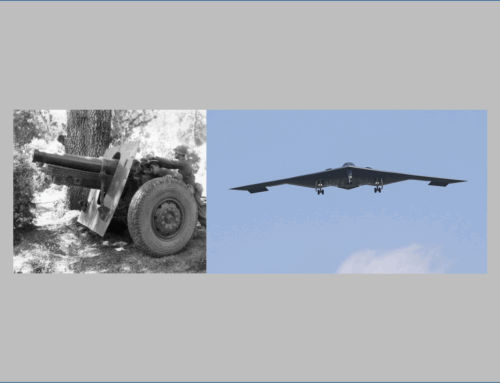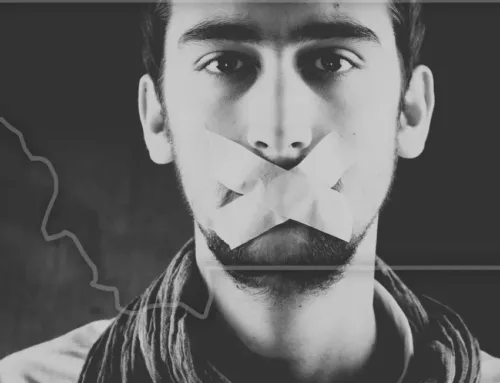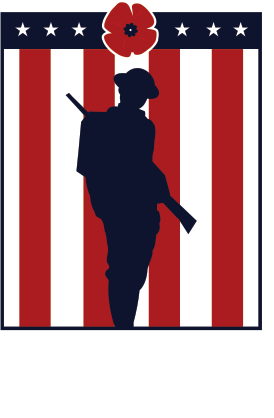The trauma and slaughter of World War I is examined in a new LACMA show
Published: 7 December 2023
By Christopher Knight
via the Los Angeles Times newspaper (CA) web site

LACMA show
World War I is something of a blank spot amid the general American habit of forgetfulness. The epic bloodbath has almost disappeared down the memory hole. It returns now as the focus of an exhibition at the Los Angeles County Museum of Art, where its representation as perhaps the first “media war” gets examined.
The 1914 assassination of Archduke Franz Ferdinand, heir to the Austro-Hungarian throne, in Sarajevo was long ago and far away, its participants and empires now a hazy history. Perhaps the recollection lapse has something to do with the delay in American entry into the brutal conflict, which didn’t come for almost three years, contravening an early declaration of determined neutrality. Or maybe the gruesome clash has just been shadowed beneath the grandiosity that grew around American power after World War II — what oral historian Studs Terkel called “the good war” — an era that split the 20th century into halves, a “before” and an “after.”
Whatever the reason for neglect of the “before,” World War I was nonetheless a defining episode in global events. Some scholars even regard it as a virtual engine for many of the horrors that were to unfold over the next 100 years — up to and including the current atrocities roiling the Middle East. The battle, begun on horseback and finished with tanks and planes, killed more people (an estimated 14 million military and civilians, according to the Gilder Lehrman Institute of American History), cost more (in excess of $337 billion) and involved more countries (28) than any other in all of human history. Colonial revolts, the eruption of an influenza epidemic that claimed more than 25 million lives worldwide, lasting alterations in international economic rankings — sometimes it seems that World War I changed everything.
In acknowledgment of the Treaty of Lausanne centennial, noting the last gasp of violent repercussions generated by the transformational hostility, which largely concluded in 1918, LACMA has organized “Imagined Fronts: The Great War and Global Media.” Timothy O. Benson, curator of the museum’s Robert Gore Rifkind Center for German Expressionist Studies, has pulled together about 200 objects — mostly posters, photographs, rotogravure graphics from books and newspapers, prints and film clips, plus a small number of paintings and drawings — to look at how the war was presented to an international public through emerging mass media.
Read the entire article on the LA Times web site.
External Web Site Notice: This page contains information directly presented from an external source. The terms and conditions of this page may not be the same as those of this website. Click here to read the full disclaimer notice for external web sites. Thank you.



